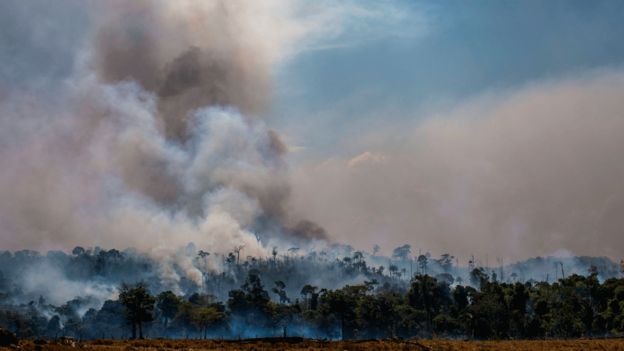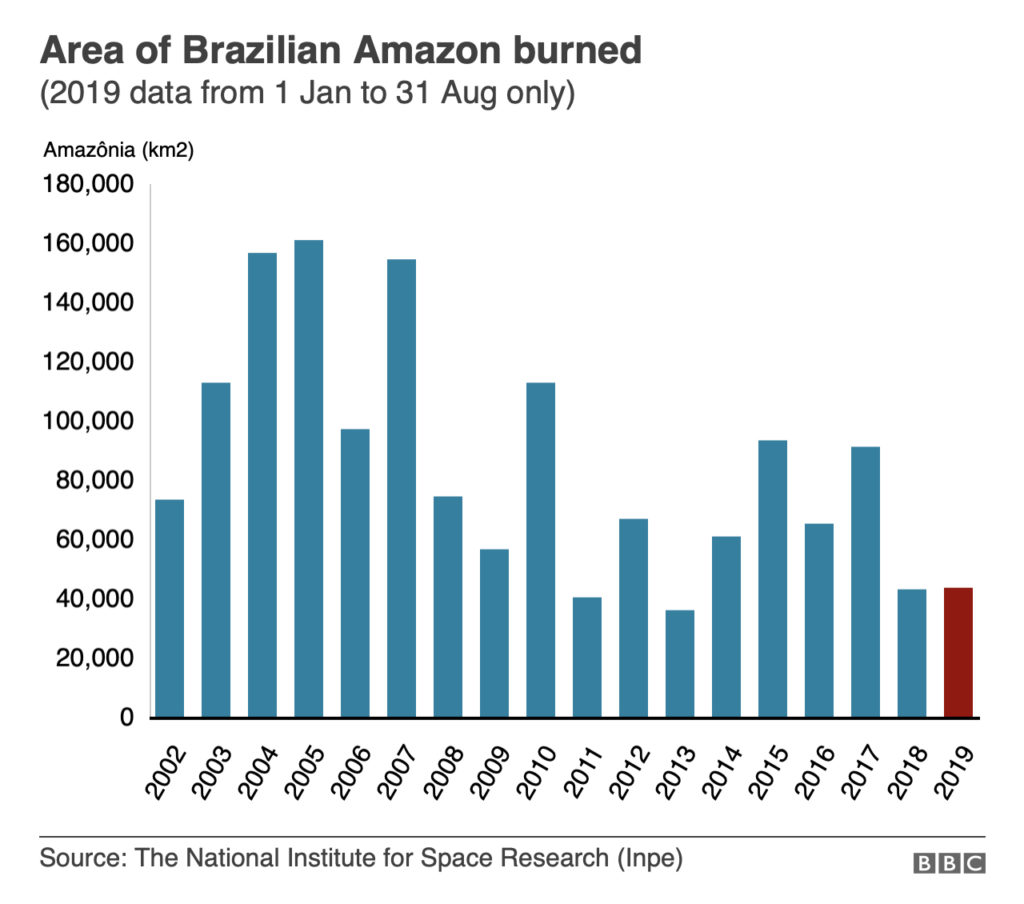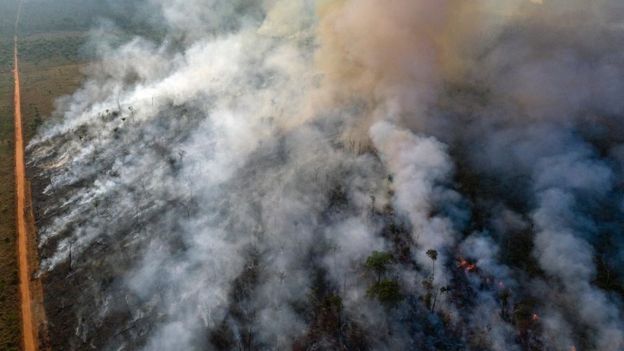Vast tracts of forest in Brazil and elsewhere in the world have also been burning this year, and the extent of the fires has sparked outrage around the world.

Siberia, one of the coldest places on Earth, is on fire. The Amazon, one of the wettest places on Earth, is on fire. Fires are burning across the planet, we need to act fast. Greenpeace
Photo: Getty Images
However, scientists put up the question if the scale of these fires is unprecedented, or have there been years in which they have been more extensive?
With the help of satellite data BBC journalists, Jack Goodman and Olga Robinson have looked at four areas – Indonesia, Brazil, Siberia and Central Africa from an analytical point of view. They have concluded that although fires this year have wrought significant damage to the environment, they have been worse in the past.
Let us take a look at the example of the Amazon rainforest, where the number of fires between January and August 2019 was double that of the same period last year.
Amazon ablaze
It is common knowledge that around 60% of the Amazon rainforest is in Brazil. Unfortunately, according to the data from the Brazilian National Institute for Space Research (Inpe), the number of fires between January and August 2019 was double that of the same period last year.
Initially a record-breaking number of fires across Brazil was reported. However, this claim did not reflect all the historical data available. Although it is the highest number of fires (for the year to 27 August) for almost a decade, it is actually lower than for most years in the period of 2002 to 2010.
There is a similar pattern for other areas of Brazilian forestry that are not part of the Amazon basin.

If we look at satellite images for the overall area of burnt forest in Brazil’s Amazon region each year, again we see very high levels in the early 2000s.
For 2019, data is available up to the end of August, and the overall area burnt for those eight months is 45,000 sq km. This has already surpassed all the area burnt in 2018, but appears unlikely to reach the peaks seen in the previous decade.

Fires are common during the dry season and can occur naturally, especially during droughts. However, experts believe the majority of fires across Brazil this year are caused by human activity – farmers and loggers clearing land for crops or grazing, as 2019 is not as dry compared with other years.
“Fire signals an end of the deforestation process,” says Dr Michelle Kalamandeen, a tropical ecologist on the Amazon rainforest. “Those large giant rainforest trees that we often associate with the Amazon are chopped down, left to dry and then fire is used as a tool for clearing the land to prepare for pasture, crops or even illegal mining.”

Source: Amnesty International
To read the whole article and learn about other areas affected by forest fires like Indonesia, Siberia and Central Africa visit: Forest fires: Are they worse than in previous years?

2 thoughts to “Amazon Blaze: Is it Worse than in Previous Years?”
Why are there no comments to any of these blogs.
We usually don’t get much comments to our articles, and when there is some, then we deal with them on a personal level writing to the person who makes the comment.